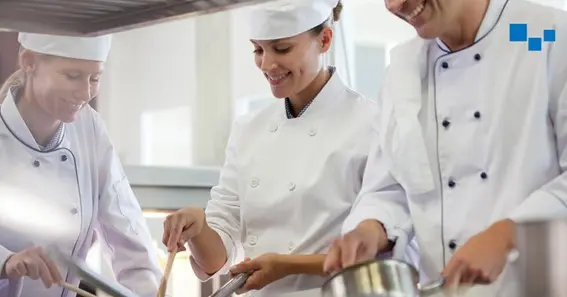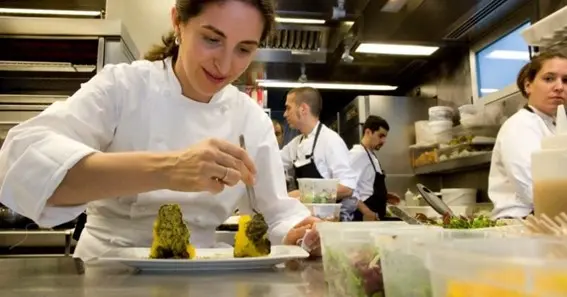Do you know what is yield in cooking? There are various culinary terms such as simmer, puree, zest, and so on. In today’s post, I will explain what is yield in cooking and why this term is important in cooking.
What Is Yield In Cooking?
The term yield in cooking means the quantity of food or ingredients left after preparing a recipe. For instance, this includes how much amount of vegetables are left after peeling and cutting.
Yield in cooking can be measured in multiple ways. Yield in baking refers to the number of items that are produced. For instance, if a cookie recipe says that the yield is 24 cookies then you will get exactly 24 cookies if you follow the exact recipe. If you are making soups or stews, the yield is given in servings or volumes (like serving two people).
You can now keep on reading further to learn more about what is yield in cooking and why is it important.
Why Is Yield Important?

In cooking, yield is important because it helps you understand how much food you need to cook for a certain number of people. Knowing yield will help you adjust your recipe to serve more or fewer people. It also helps you to calculate the nutritional information of the recipe per serving.
After learning what is Yield in cooking, let’s learn how to do yield testing.
How To Do A Yield Test?

You can easily do yield testing and get the yield percentage by using the following steps:
- First, you need to find out the original weight or volume of the food item. The original weight of the food item is called the raw weight or as-purchased (AP) weight. Here, let us consider a beef loin cut weighing 129 pounds. Therefore, the AP weight is 129 pounds.
- Then, process the food item and measure its waste or trim weight. After removing the fat and bones from the beef loin cut, let’s consider the waste or trim weight to be around 34.3 pounds.
- Now, you have to subtract the waste or trim weight from the as-purchased weight to get the edible product (EP) weight. The formula is as follows: AP weight – Waste or Trim weight = EP weight. This means 129 pounds – 34.3 pounds = 94.7 pounds.
- Lastly, you must convert the EP weight into a percentage to get the exact yield percentage. The formula is as follows: EP weight ÷ AP weight x 100 = Yield percentage. This means (94.7 ÷ 129) x 100 = 73.4%.
In this way, you can easily calculate the yield percentage of any recipe.
Conclusion
In the above post, I’ve explained what is yield in cooking and why is it important. Yield refers to the quantity of food or ingredients left after preparing a recipe. Yield in cooking can be measured in multiple ways such as the number of servings, cups, or weight. Calculating the yield percentage of a recipe is essential to purchase the right quantity/amount of products and avoid wasting money.
FAQ
How To Calculate Food Yield Percentage By Using The Formula?
You can easily calculate the food yield percentage by using this formula:
EP weight/ AP weight x 100 = yield percentage.
Here, EP weight is edible product weight and AP is as-purchased weight.
What Are The Factors Affecting Yield In Cooking?
The following factors can affect yield in cooking:
- The size and shape of the food ingredients can directly affect the yield. This includes the size of vegetables, cuts of meat, and more.
- The cooking method can also change the final weight of the food item and recipe.
- The total amount of waste generated after peeling or trimming the vegetable can also change the yield.
Do Chefs And Kitchen Staff Use Yield Tests?
Yes, chefs and kitchen staff widely used the yield test to calculate how much useable product they get from a raw ingredient.
What Is The Difference Between Yield Percentage and Waste Percentage?
In yield percentage, you get to know the percentage of raw ingredients used in a particular dish. The waste percentage tells you the percentage of raw ingredients and food wasted, trimmed, or disposed of during the preparation.
What Are Some Significant Benefits Of Yield For Cooking?
Benefits of Yield cooking
- Reduce waste
- Control food cost
- Purchase simplified
- Consistency in Quality
- Satisfied Customer
We have covered all the below topics in the above article
Cooking Yield
Recipe Yield
Food Quantity
Serving Size










